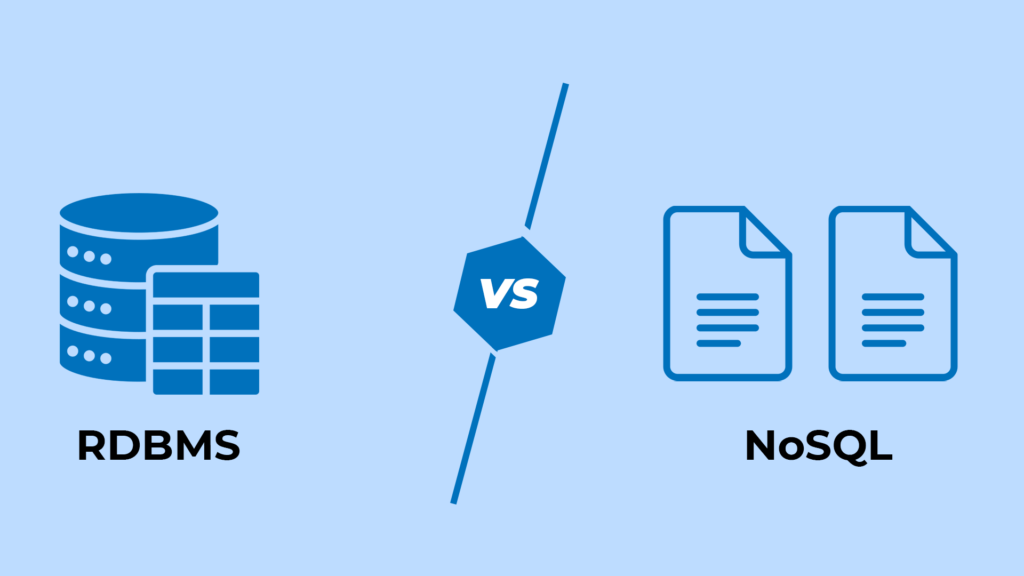

For years, data architects had to choose between two worlds:
RDBMS, with its rigid structure, transactional integrity, and SQL, or NoSQL, with schema flexibility, horizontal scalability, and native support for semi-structured and unstructured data.
However, this dichotomy no longer reflects today’s demands. Interoperability between relational and NoSQL databases has shifted from being an architectural exception to becoming a common practice in enterprise solutions.
But interoperability—in the technical sense—goes beyond simply using different databases side by side.
Understanding Interoperability in Practice
Interoperability means data exchange, operational integration, and federated queries across different database engines. It’s not about coexistence—it’s about cooperation between RDBMS and NoSQL, with cross-database data flows and workloads.
Concrete examples:
- PostgreSQL using FDW (Foreign Data Wrappers) to query data from MongoDB or Redis.
- SQL Server with PolyBase, allowing it to read semi-structured files from Azure Blob Storage and Cosmos DB.
- MySQL HeatWave operating on JSON data and integrating NoSQL sources within Oracle Cloud.
- Snowflake enabling mixed queries on SQL data and formats like Parquet and JSON within the same pipeline.

Why Hybrid Architectures Have Advanced
The rise of this model was not accidental. Three main drivers support this shift:
1. Hybrid Data in Modern Applications
Modern applications—from IoT to e-commerce and social media—generate structured and unstructured data side by side:
User → Structured (ID, name, transactions)
Activities → Semi-structured (logs, JSON)
Interactions → Unstructured (free text, images)
A single system needs to handle all these dimensions simultaneously.
2. Operational Flexibility and Centralized Governance with RDBMS
RDBMS remains indispensable where consistency and integrity are essential. NoSQL shines where elasticity and agility are priorities. Hybrid architectures allow:
- Maintaining ACID transactions where needed.
- Leveraging flexible schemas in highly mutable sources.
- Centralizing governance, auditing, and access control over dispersed data.
3. Mature Integration Tools and Standards
The evolution of technology has made interoperability more accessible and practical:
| Technology / Standard | Function |
|---|---|
| Data Virtualization (Denodo, Red Hat) | Federated queries across multiple sources without moving data |
| Lakehouse Frameworks (Delta, Iceberg) | Integration of RDBMS, NoSQL, and Data Lakes with schema enforcement |
| Modern ETL/ELT (dbt, Fivetran) | Data transformation and synchronization between SQL and NoSQL |
| Change Data Capture (CDC) | Real-time synchronization between different systems |
Typical Technical Scenario
[ PostgreSQL ] ← FDW → [ MongoDB ]
↑ ↑
[ API REST ] [ Logs from Microservices ]
↓ ↓
[ Data Warehouse / Lakehouse (Snowflake, Databricks) ]
Federated queries, CDC-based replication, and unified governance are standard elements in this type of architecture in 2025.

Real-World Use Cases by Sector
| Sector | RDBMS | NoSQL |
|---|---|---|
| E-commerce | Transactions, accounts | Catalog, reviews, sessions |
| Finance | Ledger, compliance | Risk logs, fraud alerts |
| Healthcare | Medical records, clinical data | Images, medical notes |
| Gaming | Accounts, payments | Game events, user interactions |
Final Considerations
Interoperability between RDBMS and NoSQL is not a temporary concept nor a stopgap solution for isolated problems. It reflects an architectural necessity to deal with the heterogeneous data ecosystems that modern applications require.
Rather than choosing a single model, organizations are structuring their systems to take advantage of the best each paradigm has to offer—supported by mature tools and integration standards that make it possible to operate hybrid environments with efficiency, scalability, and governance.
Visit our YouTube channel to learn about the platform and watch tutorials.
Schedule a demo here.
Learn more about Flightdeck!
Learn about database monitoring with advanced tools here.


